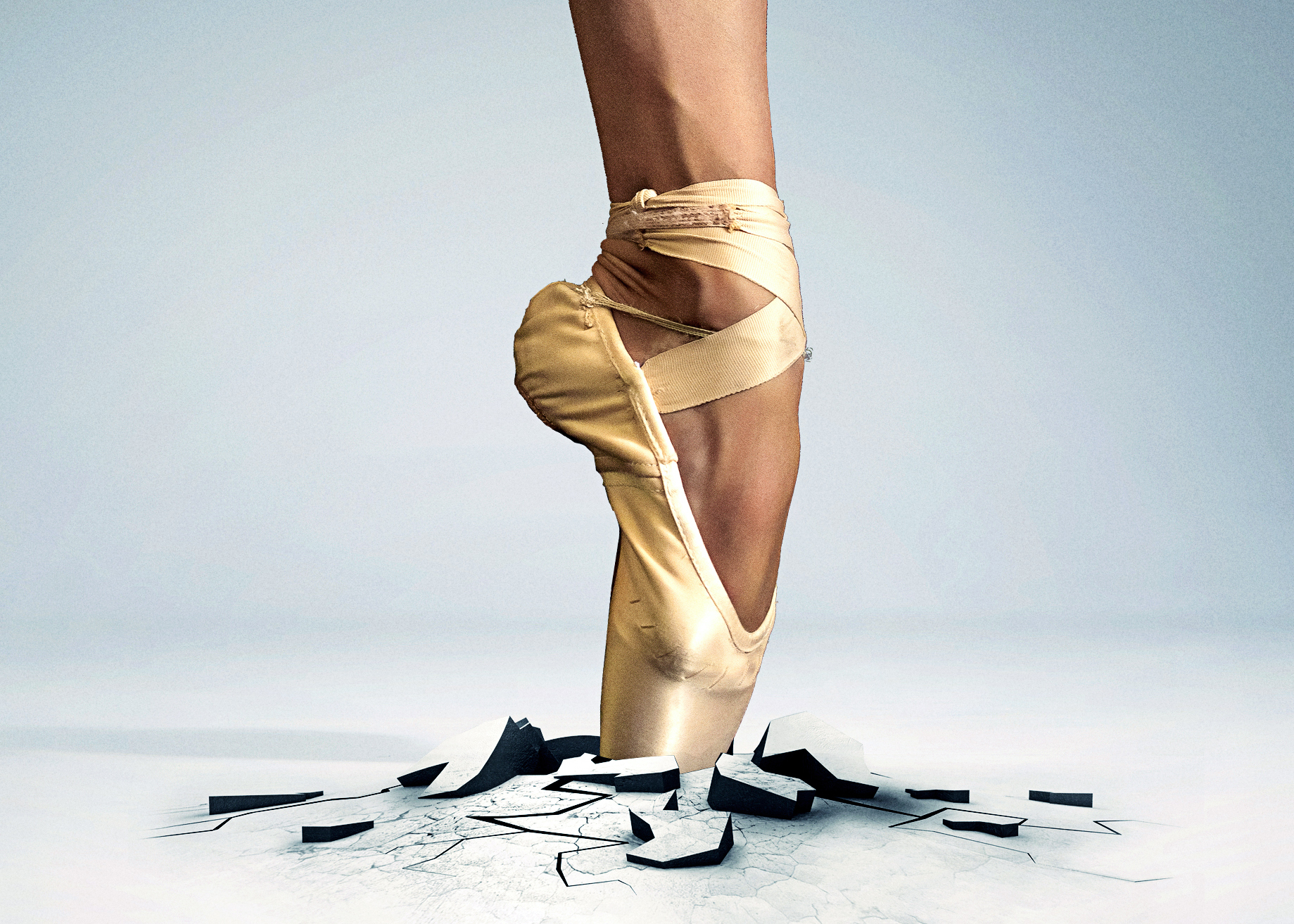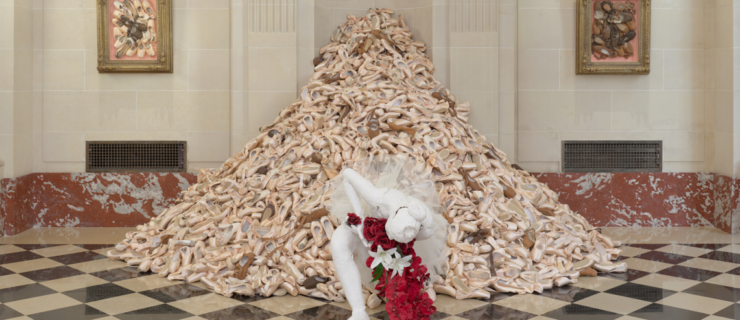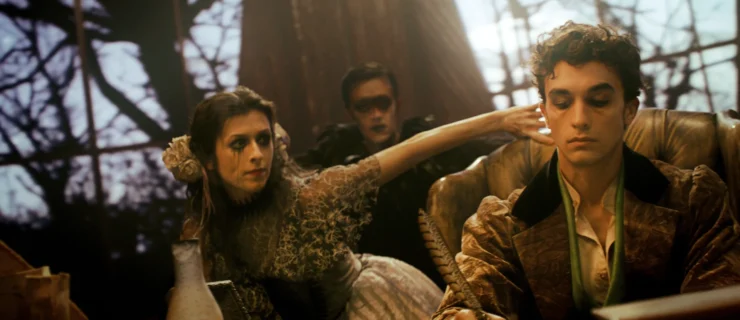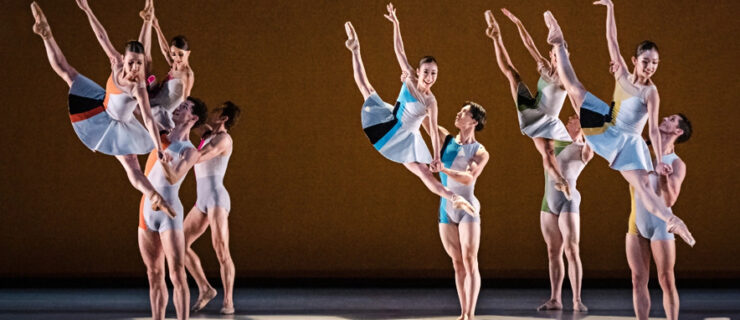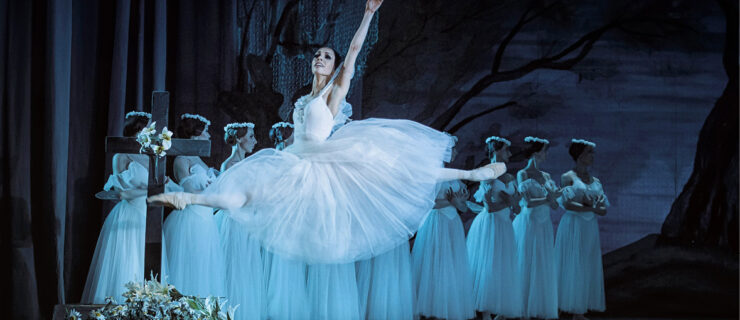New Book "Turning Pointe" Examines the Changes Needed to Carry Ballet Into the Future
In 2017, journalist Chloe Angyal was working on a story about the astronomically high rates of bullying among boys who do ballet. Angyal, who has an undergraduate degree in sociology, found the pages of her story kept ballooning as she began to explain to readers the reasons why ballet has been considered feminine and thus mostly studied by girls.
“There was so much to explain before I could even get to the experiences of the boys I had spoken to,” recalls Angyal. “I started thinking that this could be a book, and I asked myself ‘If I had unlimited space to talk about this art form, what else would I want to say?'”
And that is how Angyal’s new book, Turning Pointe: How a New Generation of Dancers Is Saving Ballet from Itself (Bold Type Books, $28), was born.
Released in May, Turning Pointe unpacks and examines ballet’s traditions and fragile ecosystem and the implications it has made on gender, race, power and the physical and mental well-being of its dancers.
Angyal interviewed nearly 100 people across the industry, from professional dancers, choreographers and artistic directors to ballet students, parents and health-care professionals. She spoke with Pointe about her experience writing the book, initial feedback from the ballet community, and her thoughts on the future of the art form.

Courtesy Bold Type Books
What was your own ballet background like?
I don’t have what anyone reasonably called serious ballet training. I was a very serious dancer in my teens, but it became pretty clear early on in my adolescent years, because of a combination of gymnastics training and puberty, that I would never have the right training or body to be a serious ballet dancer. Like a lot of people who transition to jazz or lyrical, I kept taking ballet classes since the technique is sort of the foundation for all those other styles. I took ballet all through my teens and I kept dancing through college recreationally.
You unpack a lot of pressing topics. After talking to so many people across the industry, how did you ultimately home in on the issues you chose to focus on since the conversation can just keep going?
It can and it should. I had a fairly clear idea going in on what I thought some of those pressing issues were. As I talked to people, and as the pandemic changed the landscape, I started adding things to the list. One of those was the experiences of ballet parents, who are often former dancers themselves, and are having to relive a lot of their past trauma from a different perspective now. It raises a lot of questions about class, race and the division of parental labor in heterosexual marriages. I hadn’t given it much thought when I started the book, and then I started speaking to all of these parents and I realized that for every child in ballet, there is at least one parent in ballet.

Vivien Le, Courtesy Angyal
What reactions have you received from readers thus far?
The response has been positive in the sense that I don’t find a lot of people are disagreeing with my analysis and conclusions. However, it is a tough book, and it is illuminating people’s experiences with ballet, many of which have been traumatic. The word I keep hearing is “cathartic,” which makes me feel good because I wanted to write a book that was, above all, accurate and would give people who have been through a measure of trauma some clarity and healing. The more I talked to former dancers as I was writing the book, the more I got the sense that dancers were realizing “Hey, maybe I wasn’t the problem after all and I wasn’t the one who failed. Maybe ballet failed me.”
How do you feel the racial injustice issues over the past year have amplified this conversation around how ballet needs to change?
You could see a parallel in ballet to what you saw in the rest of American society last year, which was an unprecedented interest by the white majority in racial injustice issues and an unprecedented level of social permission and pressure to get engaged on those issues. There is no art form that is more synonymous with the white majority than ballet. What I saw last year was not just ballet responding to the racial violence going on, but also institutions looking inward. For a long time ballet could get away with incremental progress and acknowledging “Oh, yes, this is a problem out there,” as opposed to saying “This is a problem happening inside the house that we will take a cultural, pedagogical, institutional position on, and we have an obligation to do something about it.”
I was also really inspired by all the young people I saw demanding change, whether in how they were taught dance history, the shoes they were given the option to wear in class, who got hired or admitted into ballet schools and the teachers they would be learning from. There were so many speaking up about how change needs to happen beyond just the bodies represented onstage.
Are there organizations you think people should start following that are getting this conversation right?
The Black Iris Project, Final Bow for Yellowface and Ballez. They certainly aren’t the only ones, but those are three I mention in the book.
Can you talk about the free virtual
book tour you are doing with ballet schools?
Throughout the summer and fall, I am looking forward to meeting with ballet teachers, advanced-level students, and dance parents via Zoom. My publisher designed a sort of “event-in-a-box,” with various event formats schools can choose from, along with digital-marketing assets and a Zoom link.
Are there any plans to write more ballet-centric books in the future?
Yes, I wrote a ballet romance novel. I really love romance novels, and last year, at the height of writing Turning Pointe and also being on lockdown, I started reading a lot of romance novels, and I thought there should be more about ballet. So, hopefully, that will be published in the next year or two.
Are you optimistic for the future of ballet?
Depends on the day. I do think that very incremental progress is being made on the gender pay gap and the gender leadership gap. Then I look at ballet companies putting together seasons where they don’t have a single piece choreographed by a woman or person of color, and I ask: “What are we doing here? This is embarrassing. This should be unthinkable and not be allowed to get past any gatekeeper.”
